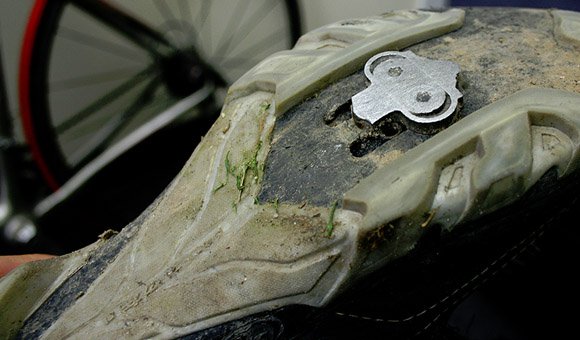5 Easy Ways to Soothe Your Aching Feet
Treat your pedal pushers right to prevent numbness, pain and hot spots.
Treat your pedal pushers right to prevent numbness, pain and hot spots. – By Selene Yeager
Cycling isn’t as hard on your feet as, say, running, but that’s not to say it’s always foot-pain free – especially once you get into longer distances, where swelling and pressure can add up to seriously aching feet. Foot shape and structure can also make certain pedallers more susceptible to common pains. Wide feet, flat feet, and feet with high arches can all be more prone to developing pressure spots and experiencing pain, especially in cycling shoes, which tend to run on the narrow side and fit tightly.
Here are some steps you can take to keep your feet feeling fresh no matter their shape or size.
Check Your Shoes
Proper shoe fit is essential for pain-free feet. If you’re prone to foot problems, look for shoes that offer maximum adjustability across the top of the foot. For wide feet, you’ll want to make room in the toe box, while keeping the shoe generally snug to the foot. Check that the shoe is stiff enough to support your foot. A sole that is too flexible makes your intrinsic foot muscles (muscles that begin and end within the foot) work harder to provide a strong platform to distribute the force into the pedals. The end result can be a cramped foot.
Tweak Your Cleats
If the problem is recurring, check your cleat position. The ball of your foot should be directly over the pedal axel. Too far forward, and you increase your risk of hot foot and Achilles problems because you will be ankling more. Some riders, especially larger riders and those who push larger gears, find greater foot comfort from nudging their cleats back a bit so more of the foot is over the pedal. If you take this route, remember you need to adjust your saddle position (generally lower it a bit) to keep your knees and ankles in proper alignment.
Tone Those Toes
Simple stretches and exercises can keep your intrinsic foot muscles strong and healthy.
Here are three easy moves you can do at home.
Yoga toes: Stand barefoot with your weight on your heels. Lift your toes off the ground and spread them away from each other. Hold a few seconds. Repeat 10 times.
Towel scrunch: Place a towel under your foot. Scrunch it up with your toes and lift it off the ground. Hold, release and repeat 10 times.
Foot roll: Take a golf ball or massage ball and roll your foot to release tension.
Swap Your Insole
Cycling shoes have notoriously wimpy insoles. Look for a shoe with removable insoles so you can swap them out for cycling-specific insoles that will support and stabilise your foot. Remember, though, that insoles need to be slim, so as not to take up too much room in your shoe, which can cause more problems than they fix.
Choose Your Après Footwear Wisely
At the end of a long ride, the first thing many riders do is take off their shoes and go barefoot. What your foot really needs is support at that time, so it’s better to slip into a quality pair of sport sandals that have a nice arch and metatarsal support built into them. Your feet will be much more comfortable.
Seek Pro Help
If pain persists, visit a podiatrist to rule out more serious underlying issues that may be causing your pain and discomfort.
READ MORE ON: bike advice cleats featured


